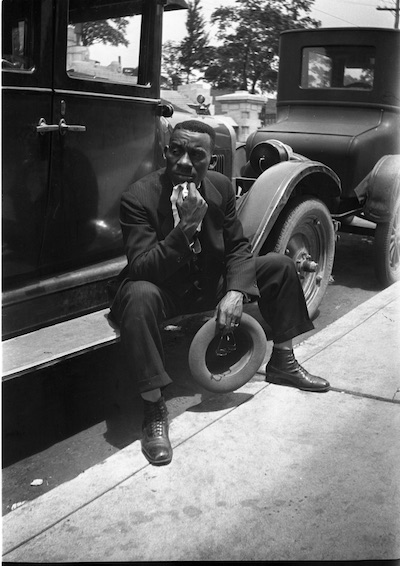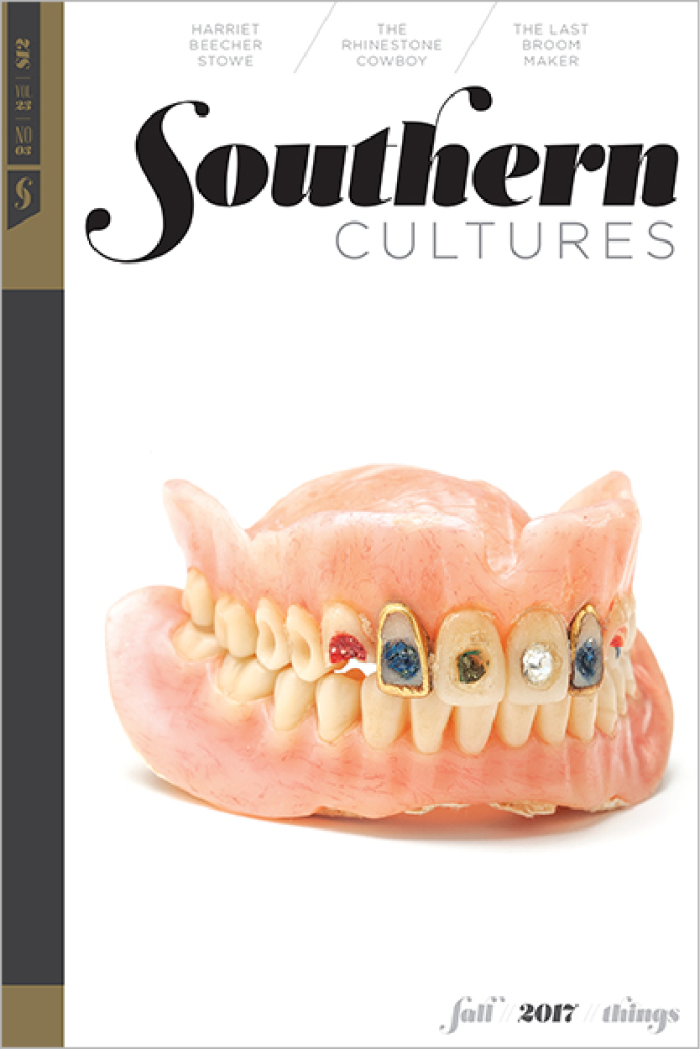“As a pastor, he preached the Word of God from the pulpit, but through his photography, he preached the Word of Mobility and Aspiration through the use of objects of material culture.”

In one of his most compelling and enigmatic photographs, Reverend Lonzie Odie Taylor (1899–1977) sits on the running board of his car, fist under his chin. A Baptist minister and self-taught African American photographer, Taylor’s photographs—including his self-portraits—reflect desires and aspirations for material success in a rapidly modernizing South, including for cars. In offering mobility, access, and social status, automobiles both symbolized and enabled the American Dream in the middle twentieth century. But physical and social mobility remained largely aspirational for many African Americans like Taylor living in Jim Crow Memphis during the 1930s and 1940s.


